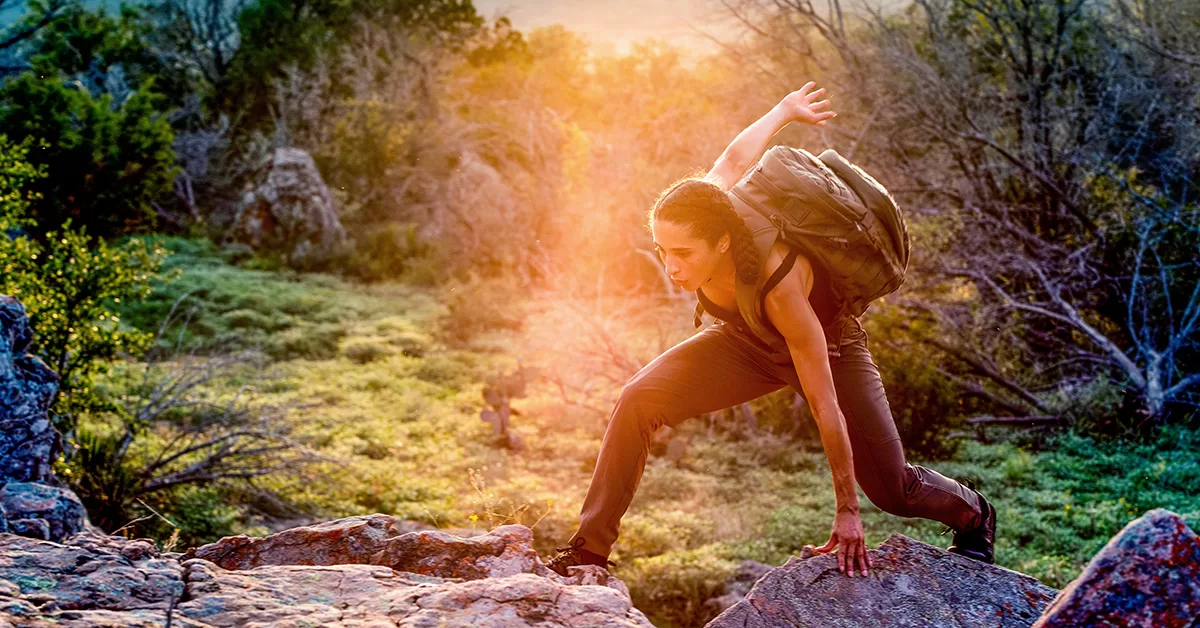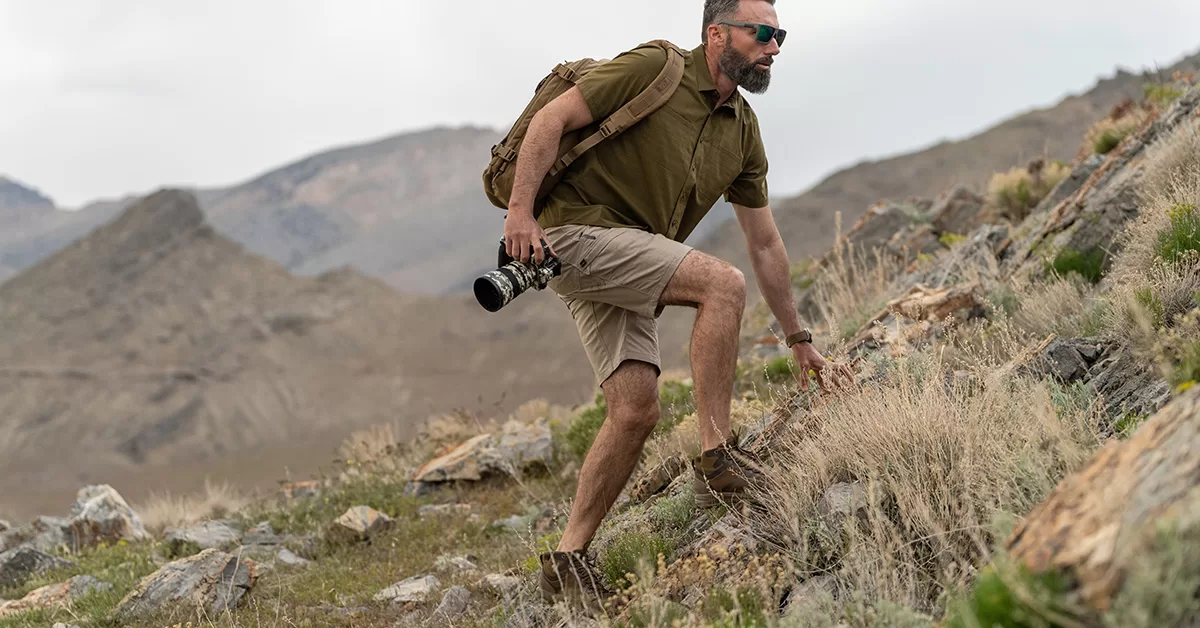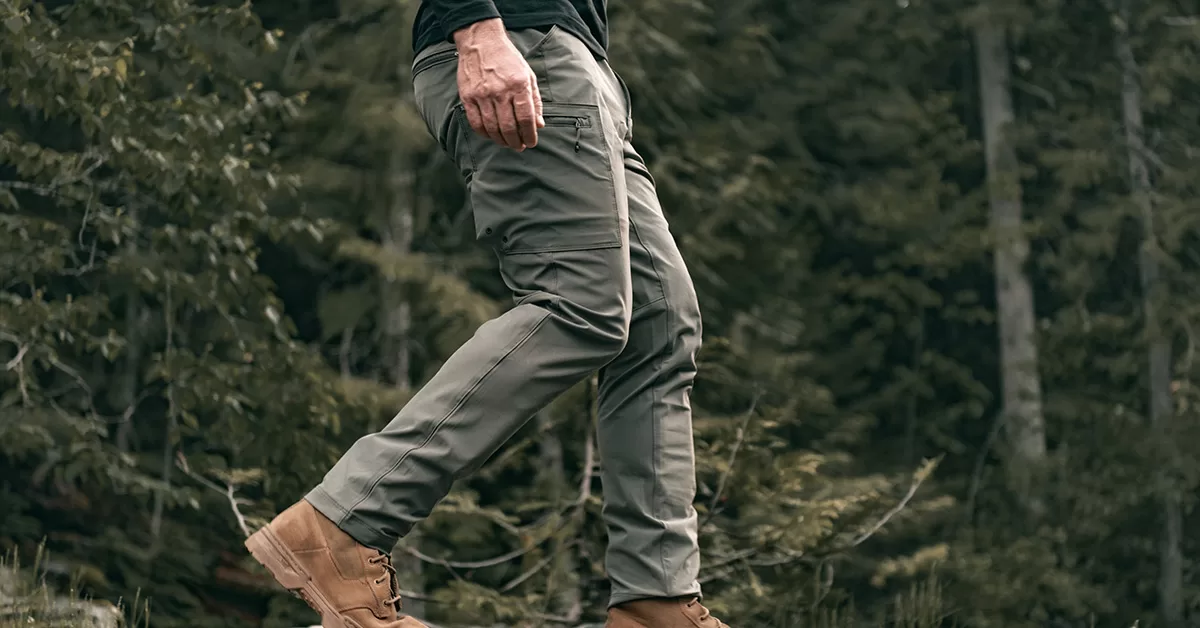How to Survive in the Wilderness 101
Now more than ever it is crucial that we master the necessary skills to survive in a wide variety of situations. When an emergency strikes, the ability to survive on your own in the wilderness for up to 72 hours puts you at a significant advantage over most of the population.
In this article, we’re not talking about a fun-filled excursion into the woods to set-up camp and play make believe. No, we are dealing with a real-life survival situation in which you may not even have time to grab your go-bag or the tools you need to survive.
Start with the Right Mindset
The goal is survival. It doesn’t have to be pretty. In fact, it means getting used to the idea of being cold, hungry, thirsty, wet, and tired. That is where possessing the right frame of mind comes into play.
The very first thing to remember in a wilderness survival situation is to not panic. Focus on remaining calm and positive, relying on the training and preparation you have done. Identify your situation and develop a plan.
What resources do you have at your disposal?
What are the critical tasks you must perform to survive on your own in the wild? The answer is shelter, fire, water, and food.
Create a Shelter
Constructing a shelter should be your number one priority. Regardless of the season, the temperature at night can drop drastically. You need to be prepared to spend up to 72 hours in the wilderness. And to do so, you must build a shelter to protect you from hypothermia and the elements.
Your best option is to locate a natural shelter, such as a cave or downed tree. If you cannot find one, build a framework out of tree limbs and branches. Your shelter must be large enough to enclose only your body when you are lying down.
After you have built a framework, use smaller twigs, limbs, leaves, and anything else to fill in the sides and top as closely as possible. Once you have completed this part, add bark, pine needles, moss, and leaves as insulation.
Build a Fire and Stay Warm
In wilderness survival situations, hypothermia is the number one most likely cause of death. That is why it is critical to make a shelter and then build a fire.
Gather anything dry you can find to make a tinder bundle. This includes pine needles and dry leaves. Next, collect small, dry sticks to use as kindling. Then find larger pieces of dried wood to burn. Build your fire by placing the tinder first, then the kindling, and finally the larger bundle of wood.
You will want to keep your fire close by, but not so close as to burn down the shelter you just built
How to Find Water in the Wild
At this point in survival mode, many may want to start looking for something to eat. However, humans can go much longer (up to three weeks) without food than they can without water. In tough conditions, this may be only three to four days. In fact, dehydration symptoms can start within just a few hours from the last time you had water.
You must find water that is safe to drink. Rainwater is your best option. Use anything you can to collect rain, including a jacket, hat, bowl, or other article of clothing. Unfortunately, you cannot always rely on the skies to open and provide for you. Identify other water sources such as rivers and streams, ponds and lakes, and even puddles.
Remember that if you drink contaminated water, you could be doing just as much harm as good. Any water or water source that is unreliable should be purified before drinking by boiling the water.
Find Food Sources
Although it is perhaps the least important for short-term survival, food is nonetheless critical. You should focus on finding food that provides the greatest nutritional impact but that takes the least amount of energy to collect. Foods high in energy that are easy to find include nuts and seeds, berries, and tree cambium.
Other food sources include wild greens, edible flowers, and even tree bark.
To prepare, it is wise to research, learn, and be able to identify which forest foods are OK to eat and which ones are poisonous.
Choosing the Right Items to Bring with You into the Wild
Although you will not always have the ability to take tools with you into a survival situation, having certain equipment will certainly make your situation easier. You should create a go-bag filled with specific survival items. This way, you can simply grab your bag and go.
Our Always Be Ready page is stocked with useful tools and equipment that will help you survive in the woods. These essential items include everything from flashlights and headlamps to multi-tools, whistles, backpacks, and much more.





